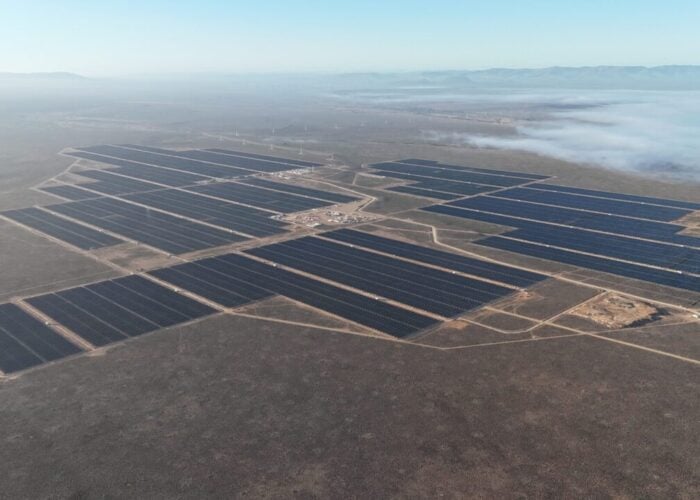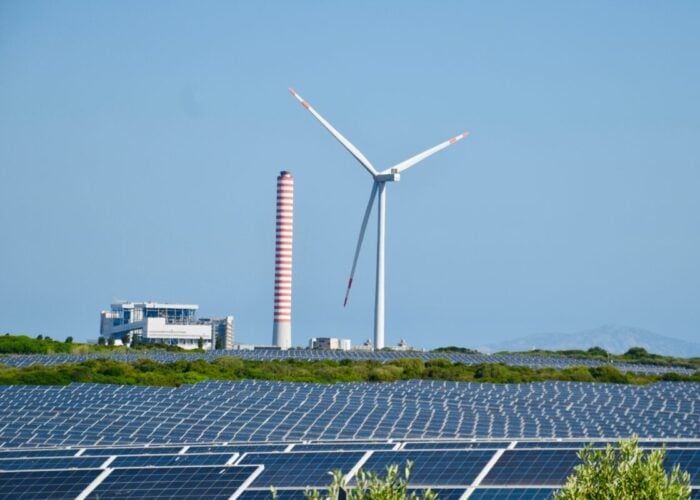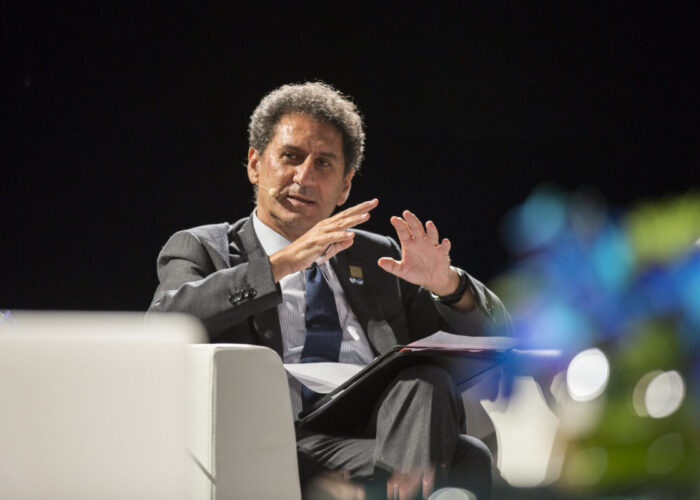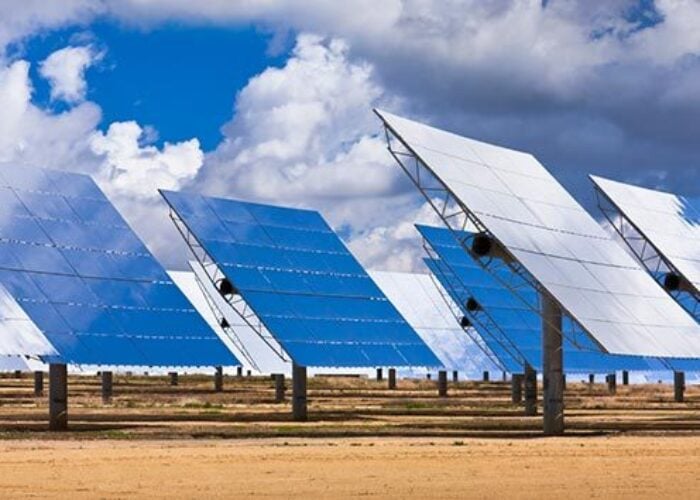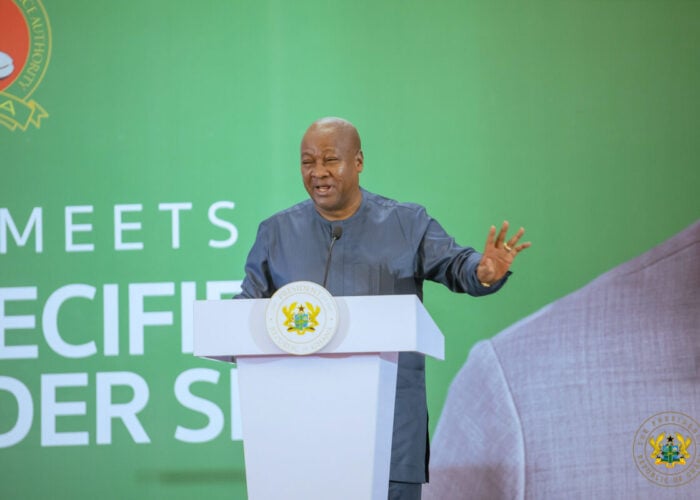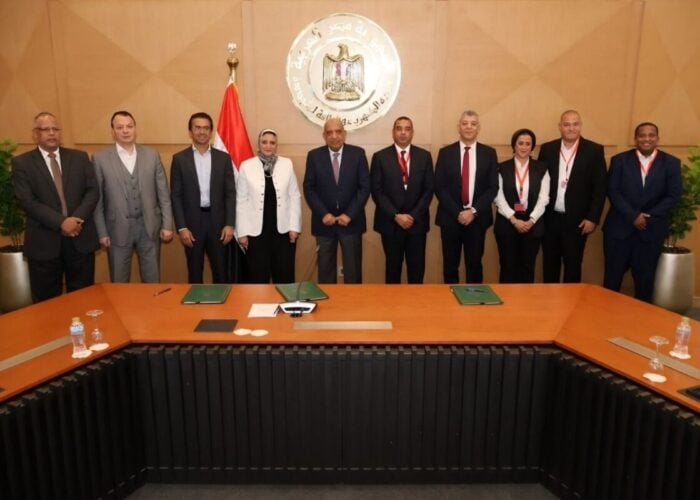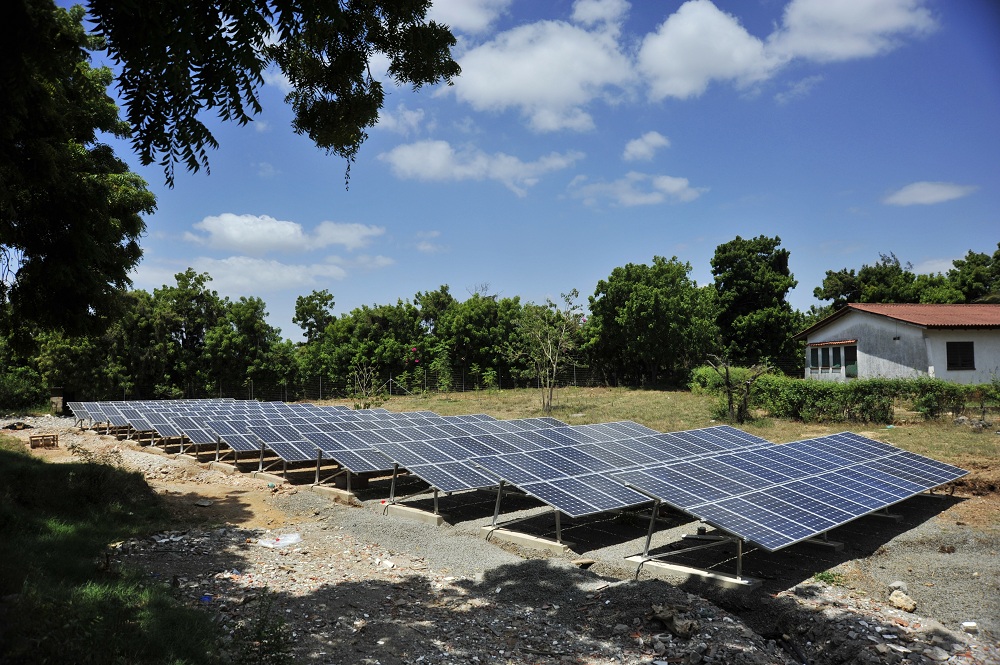
Experiencing some of the highest irradiation hours on the globe, Africa has potential to reach more than 70GW of solar PV capacity by 2030, a new report by the International Renewable Energy Agency (IRENA) has said.
The case for solar PV in Africa is becoming harder to ignore, as the technology has experienced recent substantial cost reductions, and the continent has some of the world’s highest irradiation hours; at up to 117% higher than in Germany, the country with the highest installed power capacity. As these factors become exploited, Africa is turning to solar to forge its sustainable energy future to provide utility-scale electricity to the approximate 600 million residents who still lack access to power, said the report.
Try Premium for just $1
- Full premium access for the first month at only $1
- Converts to an annual rate after 30 days unless cancelled
- Cancel anytime during the trial period
Premium Benefits
- Expert industry analysis and interviews
- Digital access to PV Tech Power journal
- Exclusive event discounts
Or get the full Premium subscription right away
Or continue reading this article for free
According to the report, installed costs for utility-scale PV projects have decreased 61% since 2012 to as low as US$1.30 per watt in Africa, compared to the global average of US$1.80 per watt.
“In recent years, solar PV costs have dropped dramatically and will continue to do so with further declines of up to 59% possible in the next ten years,” said IRENA director-general Adnan Amin. “These cost reductions, coupled with vast solar potential on the continent, present a huge opportunity for Africa. Both grid-connected and off-grid solar PV now offer a cost-competitive means to meet rising energy needs and bring electricity to the 600 million Africans who currently lack access.”
Off-grid solutions are being realised as key to providing power to Africans in remote communities via mini-grids and off-grid solar home systems. They have also experienced a price decline, with installation costs for a system larger than 200kW as low as US$1.90 per watt, according to IRENA. Installations for such systems have tripled between 2010 and 2014, and can cater to the electricity needs of off-grid households for as little as US$56 per year.
PV capacity
The global trend for increase in solar deployment is permeating Africa. New capacity additions of solar PV in Africa in 2014 exceeded 800MW, more than doubling the continent’s cumulative installed PV capacity. A further 750MW was added in 2015. IRENA estimates that “with the right enabling policies”, Africa could install more than 70GW of solar by 2030.
Total installed PV is dominated by South Africa, spurred on by its Renewable Energy Independent Power Producer Procurement Progamme (REIPPPP) that has exceeded initial forecasts to the point that it is causing utilities’ concern over grid integration. Regardless, South Africa now accounts for 65% of the continent’s cumulative installed capacity at approximately 1.4GW. IRENA details how other African countries have a competitive cost range for PV plants, at around US$1.5-US$2.5 per watt in 2016. However, projects that are set to be commissioned in 2018 are targeting a total installed cost range of US$1.2-US$1.9 per watt. Algeria has the next highest installed capacity at 300MW of solar PV; however, most countries in Sub-Saharan Africa have no large-scale PV plants installed at all.
Africa’s solar resource
That being said, IRENA’s roadmap for 70GW of solar by 2030 is tangible given the fact that few areas on earth have such “consistently excellent” solar irradiation resources. IRENA reported that in total, 39 African countries have a solar resource that exceeds 2 000 kWh/m²/year.
However, policy barriers prevent the resource being adequately utilised. For example, Namibia, the country with the highest solar resource in Africa for its capital, has cumulative installed capacity of just 21MW. Economics is not the issue, as can be seen by the recent solar tender in Zambia that awarded tariffs as low as 0.06/kWh. What it does highlight is how necessary the appropriate regulatory frameworks are, in addition to low-cost finance, to make solar PV the best value proposition.
“Even where the policy and regulatory framework are in principle supportive of [expanding electrification rate and meeting development goals], the magnitude of the barriers to doing business effectively and in a timely manner has meant that progress has been slower than would be ideal,” the report writes. Indeed, the OBI report on Africa identifies access to financing, corruption and inadequate supply of infrastructure as the main obstacles to doing business on the continent.
Whilst the lack of stable regulatory frameworks and supporting government initiatives overall mean that Africa is yet to fully exploit its significant solar resource, Amin is confident that the continent is on its way there: “It has never been more possible, and less expensive for Africa to realise this potential,” he said.

